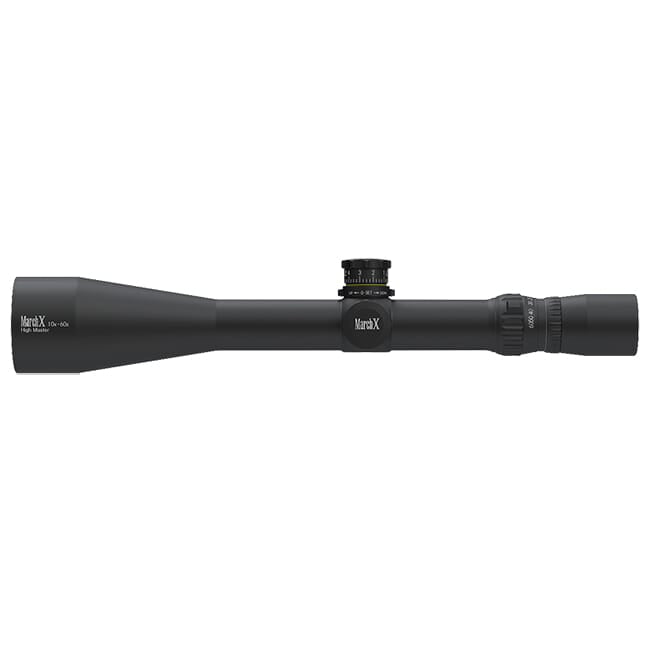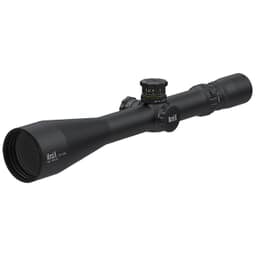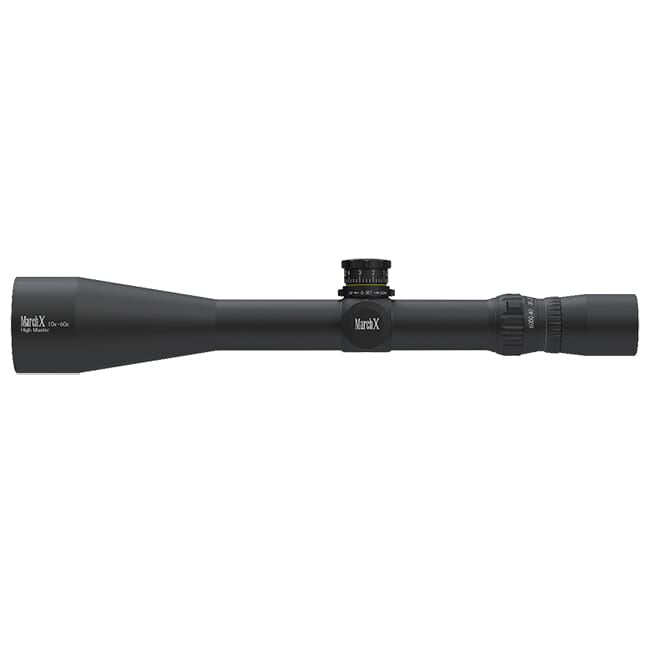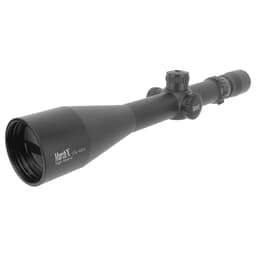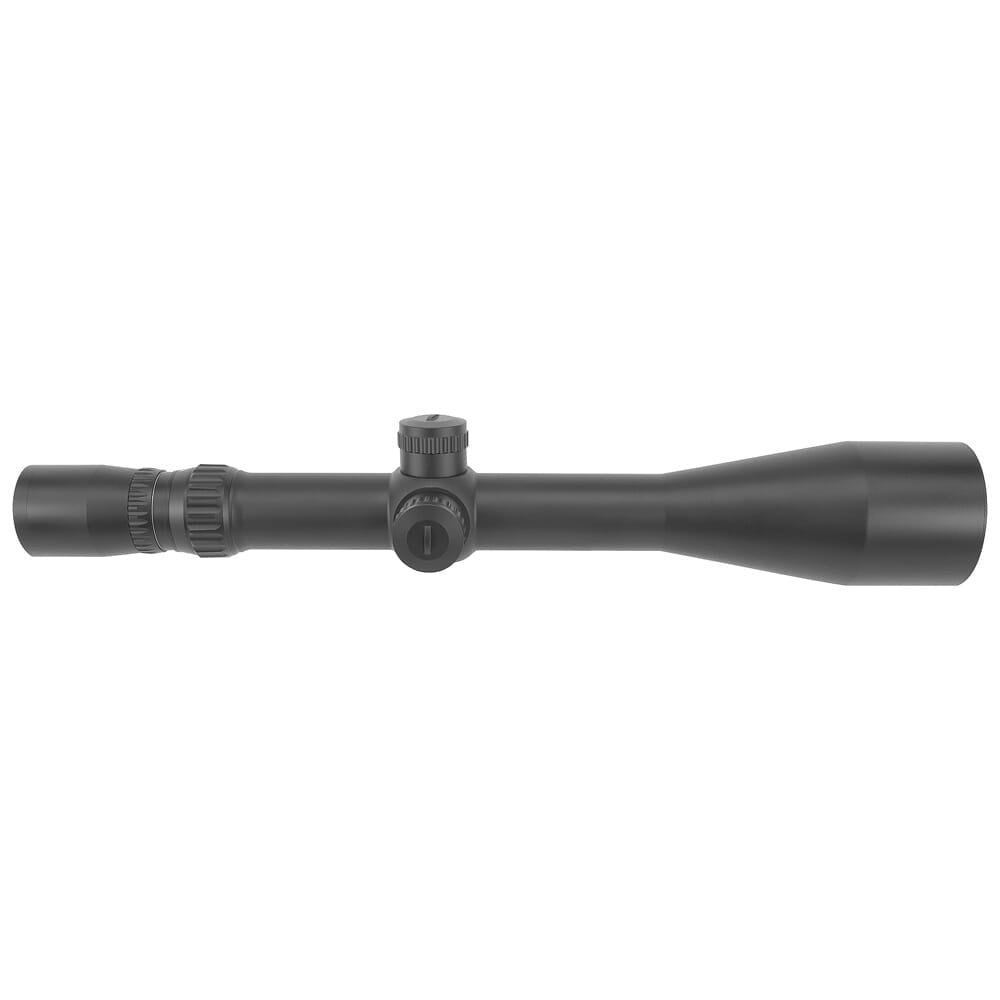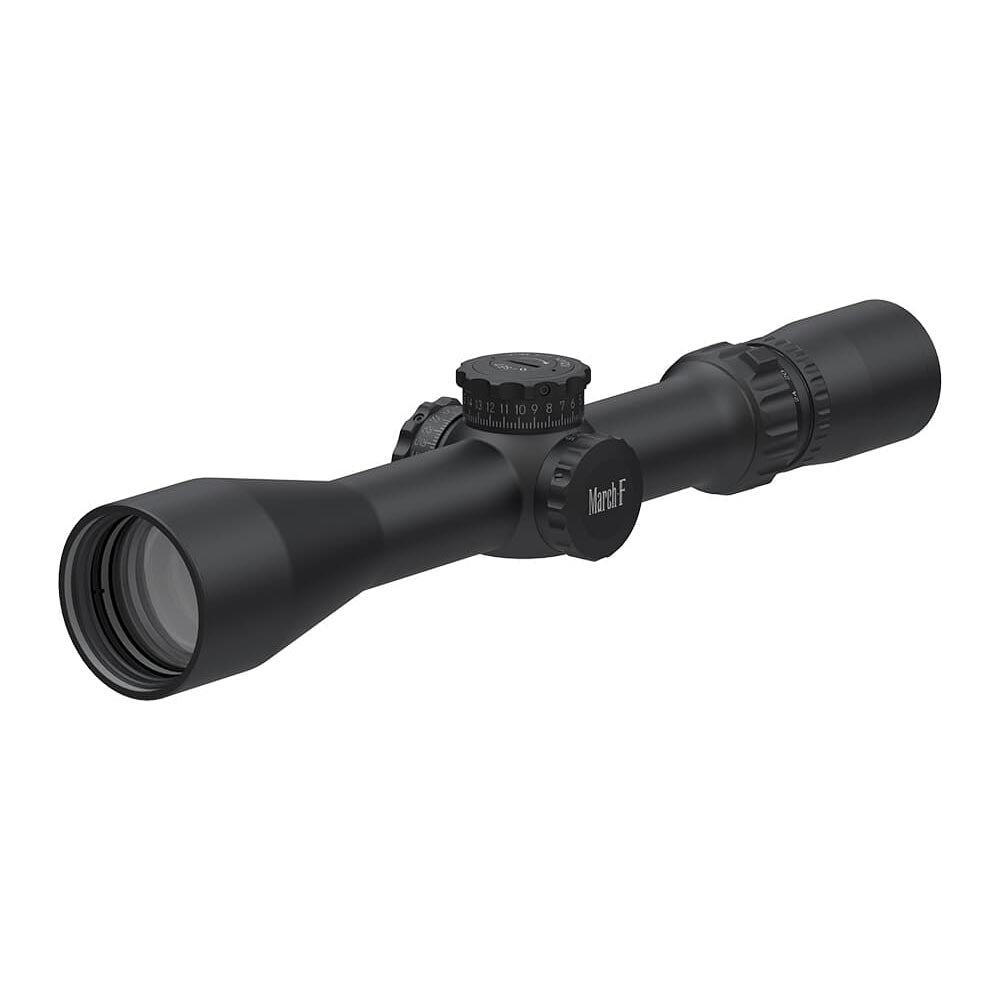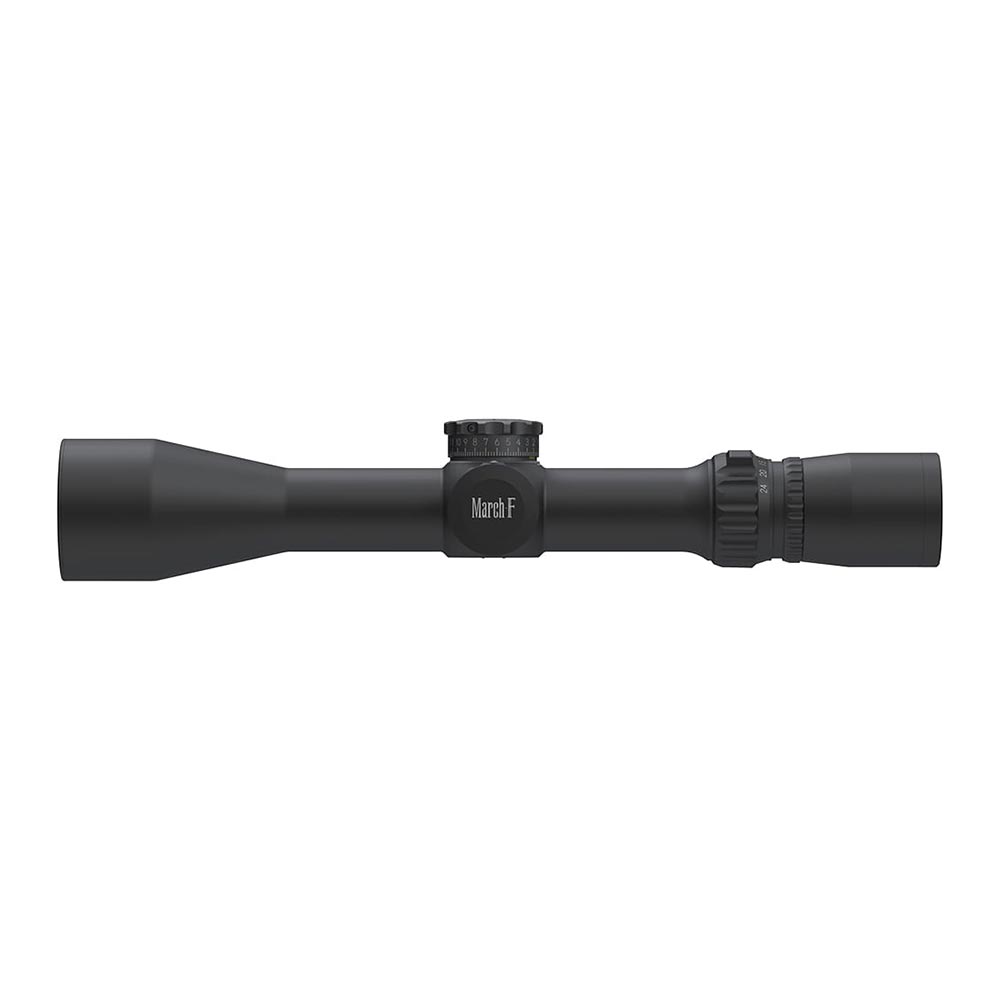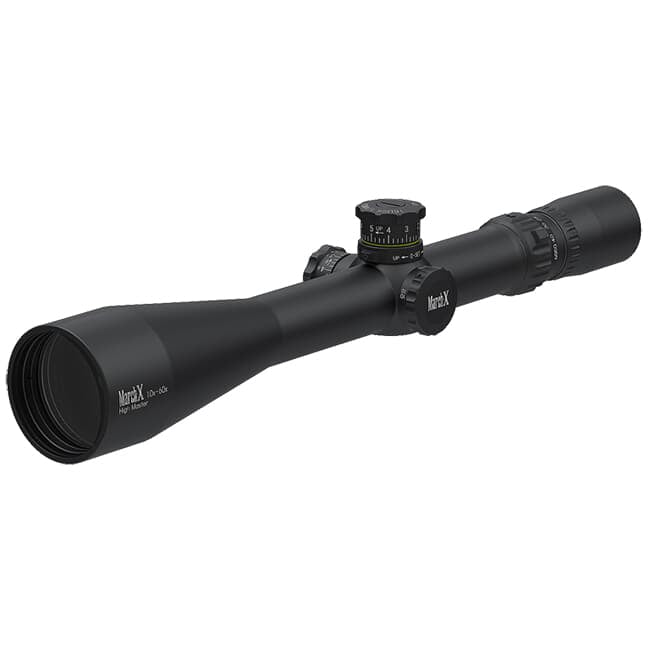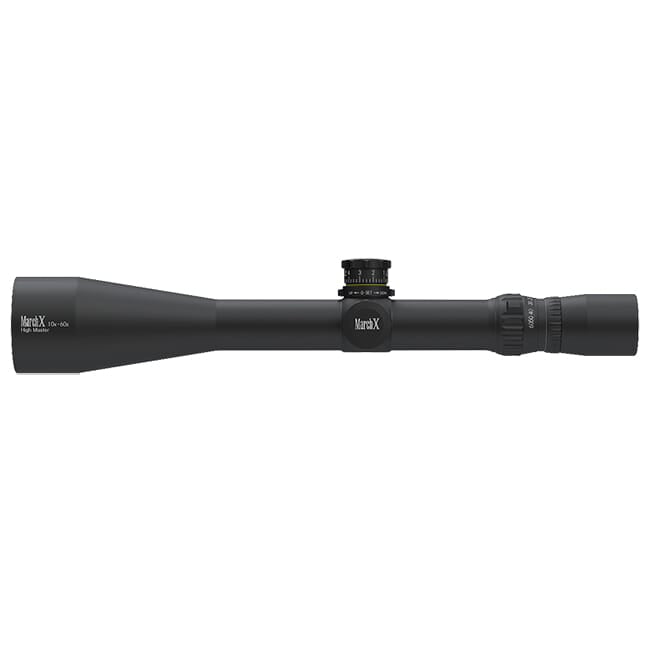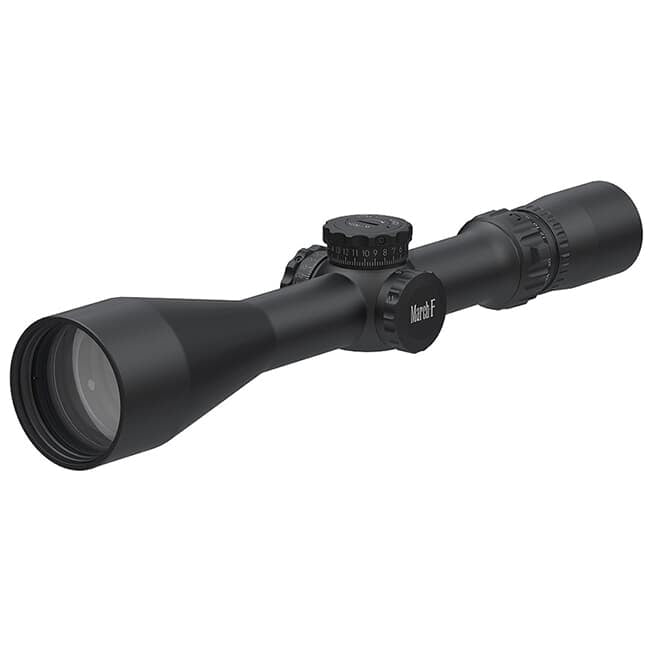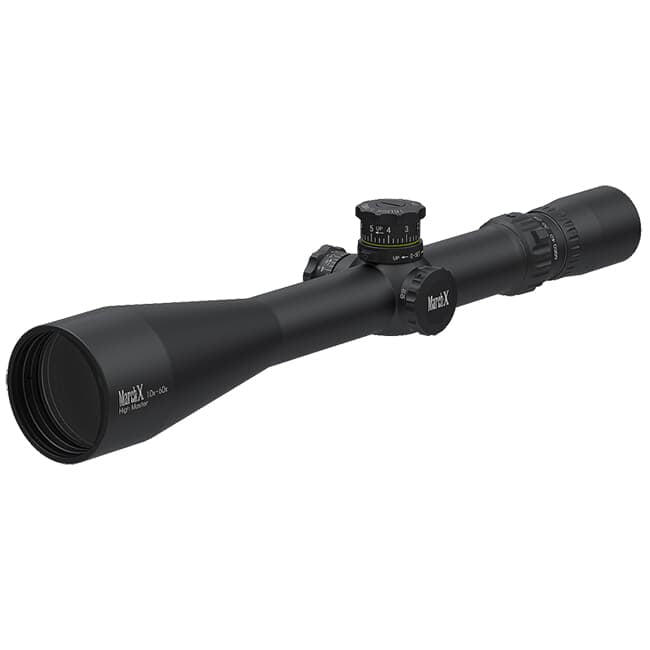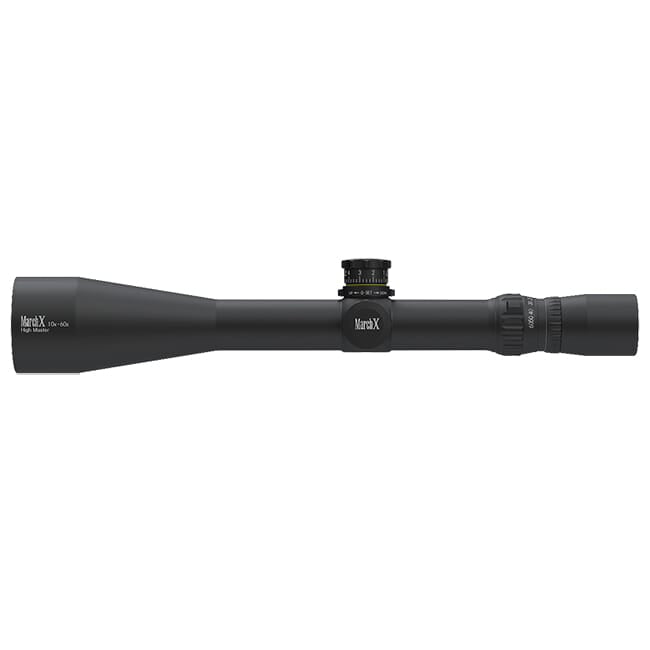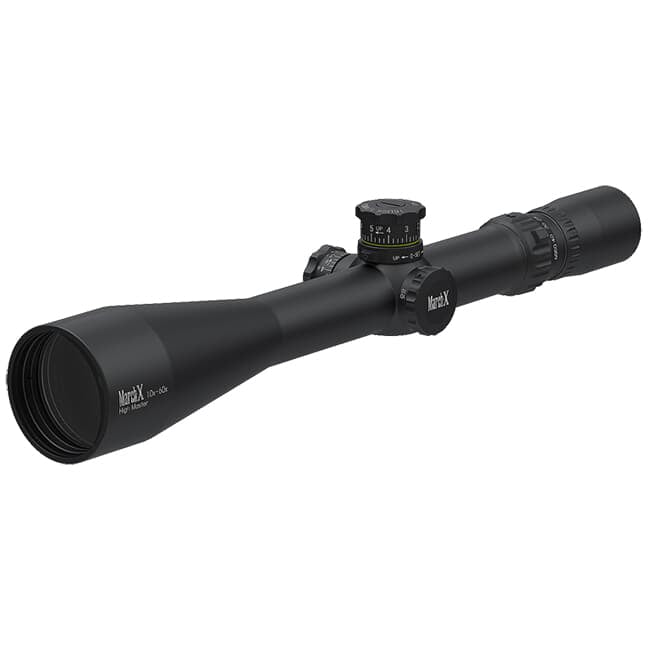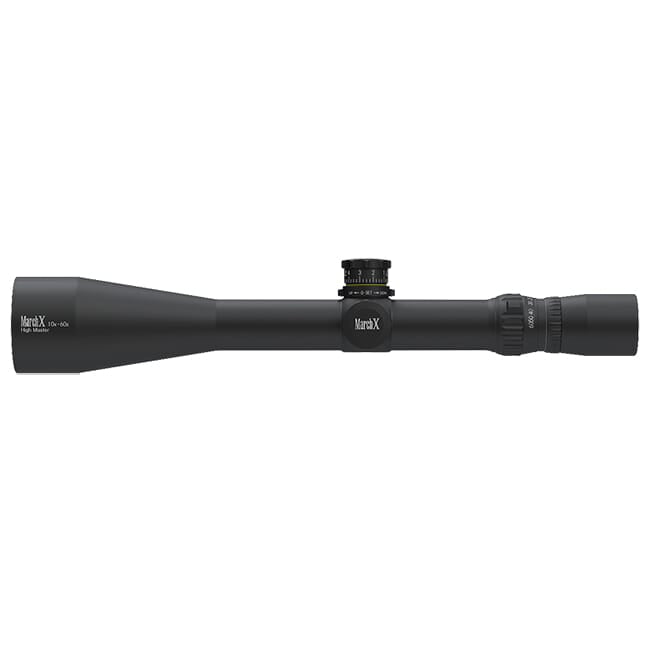Frequently Asked Questions
Which magnification should I choose for my sniper scope?
For serious long-range work, sniper scopes with variable magnification in the 5-25x range hit the sweet spot. The lower end gives you a wider field of view for target acquisition, while higher magnification provides the detail needed for precise shots at extreme distances. Military snipers often use 3-15x for versatility, while competition shooters might prefer 6-36x options. Remember though, higher isn't always better – more magnification means less light transmission and more sensitivity to movement!
Should I get FFP or SFP for my tactical scope?
First Focal Plane (FFP) scopes have reticles that change size as you adjust magnification, keeping holdover references accurate at any power setting – ideal for precision shooting at varying distances. Second Focal Plane (SFP) models maintain constant reticle size regardless of magnification, so holdovers are only correct at one specific power (usually maximum). Most tactical and sniper scopes now feature FFP designs for their versatility, while hunting optics often use SFP for simplicity and clearer reticles at lower powers. Your shooting style should determine which is right for you!
Why do so many military scopes use mil-dot reticles?
Mil-dot reticles provide a clean, versatile system for range estimation, holdover, and windage corrections. The evenly spaced dots or hash marks (typically 1 milliradian apart) create precise reference points for measuring target size, compensating for bullet drop, and adjusting for wind. Unlike BDC reticles calibrated for specific loads, mil-dot systems work universally with any caliber once you know your ballistics. When paired with matching milliradian turret adjustments, they create an intuitive system for quick field corrections – perfect for sniper applications where adaptability is crucial.
Are premium scopes really worth the extra money?
Glass quality is the foundation of optical performance – it's what separates premium scopes from budget options. High-quality glass with ED or HD elements delivers superior resolution, contrast, and color fidelity, letting you spot targets that would remain invisible through lesser optics. Premium glass also allows for superior light transmission (often 90%+), extending your shooting time during dawn and dusk. The difference becomes most apparent in challenging conditions: low light, extreme magnification, or when trying to spot targets against complex backgrounds. For serious precision shooting, investing in superior glass quality pays dividends in real-world performance.
What does the parallax adjustment on my scope actually do?
Parallax adjustment eliminates a critical source of precision error that occurs when your reticle and target aren't on the same focal plane. Without proper adjustment, your point of aim can shift slightly as your eye position changes behind the scope – a tiny error that becomes magnified at distance. You'll find this feature as a side-focus knob or adjustable objective on quality sniper scopes, allowing fine-tuning for specific distances. To adjust correctly, dial the knob to your approximate target distance, then fine-tune while moving your head slightly until the reticle stays fixed on target regardless of eye position.
Do I really need exposed tactical turrets on my scope?
Turrets are absolutely critical for precision shooting – they're the mechanical interface between your calculations and actual point of impact. Quality turrets provide precise, repeatable adjustments with positive clicks (typically 0.1 MRAD or 1/4 MOA) and zero backlash. For tactical applications, exposed turrets allow quick field adjustments, while some hunting scopes feature capped turrets to prevent accidental changes. Premium models include features like zero stops (preventing rotation below your established zero), revolution indicators, and locking mechanisms. The true measure of turret quality is tracking accuracy – how precisely they move point of impact compared to their markings.
What's better for my new scope: MOA or MIL adjustments?
MOA (Minute of Angle) is simply an angular measurement system used for scope adjustments and holdovers. One MOA equals approximately 1.047 inches at 100 yards, scaling proportionally with distance (about 2 inches at 200 yards, 5 inches at 500 yards, etc.). Most MOA scopes feature 1/4 MOA clicks, meaning each click moves point of impact about 1/4 inch at 100 yards. This provides precise control for fine-tuning your zero and making elevation or windage corrections. The alternative system is MRAD (milliradian), with 0.1 MRAD clicks. Neither is inherently better – it's like choosing between inches and centimeters – but make sure both your reticle and turrets use the same system.
Is an illuminated reticle worth paying extra for?
Illuminated reticles definitely earn their keep in low-light conditions or against dark targets where black reticles can disappear. Quality illumination systems offer multiple brightness settings, with the lowest levels being night-vision compatible while the brightest work in daylight. The best ones illuminate only the center portion or specific elements of the reticle rather than the entire pattern, preventing the "Christmas tree" effect that can degrade night vision. While not essential for all applications, reticle illumination significantly extends usable shooting hours and improves target acquisition speed in challenging light conditions – valuable benefits for serious tactical and hunting applications.
How are tactical scopes different from my hunting scope?
Tactical scopes prioritize precision adjustments, mechanical reliability, and reticles designed for ranging and holdovers, while hunting optics typically emphasize light gathering, wider fields of view, and simpler operation. You'll find tactical models feature exposed turrets for quick adjustments, more complex reticles, and often first focal plane designs, while hunting scopes generally have capped turrets, simpler reticles, and lighter weight for field carrying. Tactical options typically provide superior tracking accuracy and adjustment features necessary for consistent precision at extreme distances, while hunting scopes optimize for quick target acquisition and dawn/dusk performance – different tools for different applications.
What's this zero stop feature I keep hearing about?
Zero stop is a game-changing feature that allows you to quickly return to your established zero after dialing elevation for long-range shots. Once set, mechanical stops prevent the turret from rotating below your zero point, eliminating the possibility of getting lost in your adjustment tracking. This is particularly valuable in tactical shooting scenarios where you might need to quickly transition between different distance targets. Most high-end precision scopes now include this feature, with various implementation methods including push-pull systems, set screws, or internal mechanisms, all serving the same crucial function of maintaining absolute repeatability and confidence in your scope's adjustments.
How can I tell if my scope tracks accurately?
Tracking accuracy refers to how precisely and consistently your scope's turrets move the reticle when you make adjustments. In simple terms, when you dial 1 MOA or 1 MRAD on your turrets, does the point of impact actually move exactly that amount? This matters tremendously for long-range precision shooting because even tiny errors get magnified at distance. Quality scopes undergo extensive testing to ensure their turrets track true to their markings in all directions and return to zero reliably. You can test your own scope's tracking with a tall target test – shoot at the bottom of a target, dial a significant amount of elevation, shoot again, then return to zero and confirm you're hitting your original point of impact.
What do all these different lens coatings actually do?
Premium scopes feature multiple sophisticated coatings that dramatically enhance performance. Anti-reflection coatings (often appearing as colored tints) maximize light transmission while reducing glare, with quality optics utilizing "fully multi-coated" designs where every air-to-glass surface receives multiple coating layers. Phase correction coatings on the prisms enhance resolution and contrast, while hydrophobic exterior coatings repel water and make cleaning easier. Military-grade scopes often include additional scratch-resistant hard coatings and anti-reflection treatments to eliminate optical signature. These advanced coating technologies represent a significant portion of a quality scope's cost, but deliver the optical clarity essential for precision at extreme distances.
What scope do actual military snipers use?
Military sniper scopes typically feature 3-15x or 5-25x magnification ranges, balancing versatility with precision. These ranges allow engagement from close-quarters to extended distances, with lower settings providing wider fields of view for situational awareness and target acquisition, while higher magnification enables precise shot placement at maximum effective ranges. Modern military optics tend to favor first focal plane designs, illuminated mil-based reticles, and exceptional durability standards. Contrary to popular perception, extreme magnification (beyond 25x) is rarely used in military applications due to mirage effects, environmental limitations, and the impracticality of ultra-high magnification in field conditions. Common military models include variants from Nightforce, Schmidt & Bender, and Leupold.
How tough are these precision scopes really?
Premium precision scopes are engineered for extraordinary durability, often exceeding military specifications for shock, vibration, and environmental resistance. Built with aircraft-grade aluminum bodies, quality optics can withstand recoil from the largest calibers and repeated impacts that would destroy lesser scopes. They're typically waterproof to significant depths (often 10+ meters), nitrogen or argon purged to prevent internal fogging, and operate reliably in temperature extremes from arctic cold to desert heat. This exceptional durability and scope reliability is why serious precision shooters invest in proven optics—they continue functioning flawlessly through conditions that would render budget scopes useless.
How exactly do the elevation and windage adjustments work?
Elevation and windage adjustments are precise mechanical systems that shift the point of aim vertically and horizontally. Premium scopes utilize incredibly precise click adjustments (typically 0.1 MRAD or 1/4 MOA) via turrets designed for both accuracy and tactile feedback. Quality turrets provide clean, positive clicks with zero backlash or slop between adjustments. Advanced tactical scopes feature exposed turrets for quick field adjustments, revolution indicators to track multiple rotations, and zero stop mechanisms to quickly return to your established zero. The mechanical precision of these adjustment systems is what separates true precision optics from lesser options—premium models track true to their markings and return precisely to zero even after extensive adjustment.
Why can some scopes see better in low light than others?
Light transmission is determined by several key factors working together. Glass quality forms the foundation – premium ED or HD glass allows more light to pass through with less absorption or distortion. Lens coatings dramatically impact performance, with high-end fully multi-coated optics featuring specialized treatments on every air-to-glass surface. The number of lenses in the optical path matters too – more complex designs typically have more lenses, potentially reducing transmission unless compensated for with superior coatings. Finally, prism quality and coatings in prismatic scopes play a major role. The best precision scopes achieve 90-95% light transmission, providing crucial extra minutes of shooting time during dawn and dusk when game is most active.
What's the right way to mount my new scope?
Proper mounting is crucial for scope performance. Use high-quality rings or a one-piece mount matched to your rifle's receiver and appropriate for your scope's tube diameter (typically 30mm or 34mm for serious precision optics). Apply precise, even torque to all screws according to manufacturer specifications—investing in a torque wrench is non-negotiable for precision work. Ensure perfect leveling of both the rifle and reticle using dedicated leveling tools. For extreme long-range shooting, consider a 20+ MOA canted base to provide additional elevation adjustment. Lapping the rings creates perfect contact with the scope tube, eliminating stress points. Take your time with this process—even the finest scope cannot perform if improperly mounted.
Should I get a mil-dot or BDC reticle for my new scope?
Mil-dot reticles use precise, standardized measurements (milliradians) that work independently of caliber or load once you know your ballistics. This makes them incredibly versatile – the same reticle can be used effectively across multiple rifles with different chamberings. BDC (Bullet Drop Compensator) reticles, conversely, are calibrated for specific cartridges and loads, with holdover points matched to the expected trajectory of particular bullets. Mil-dot systems require some knowledge and calculation but offer tremendous precision and adaptability, while BDC reticles provide simpler, faster holdovers but only work correctly with the exact load they're designed for. Serious precision shooters often prefer mil-dot systems for their universal application and precision, especially when paired with matching mil-based turret adjustments.
How should I clean my scope without damaging it?
Proper maintenance ensures your scope maintains peak performance for decades. Start by using a lens blower or soft brush to remove loose debris from the glass surfaces before cleaning. When necessary, clean lenses using only proper optical lens cleaning solution and microfiber cloths designed specifically for precision optics—never use shirt tails, paper products, or household cleaners which can damage coatings. Apply cleaning solution to the cloth, not directly to the lens, and use gentle circular motions from center outward. Keep lens caps on when not in use, and store your scope in moderate temperatures away from direct sunlight. Quality optics require minimal maintenance beyond this basic care—their sealed, nitrogen-purged construction protects internal components from moisture and contamination.
I also hunt—are these tactical scopes good for hunting too?
Hunting scopes prioritize lightweight design, wider field of view, generous eye relief, and exceptional low-light performance for dawn/dusk hunting conditions. They typically feature simpler reticles, capped turrets to prevent accidental adjustment, and second focal plane designs. Tactical scopes, conversely, emphasize absolute mechanical precision, sophisticated reticles with ranging capabilities, exposed tactical turrets for field adjustments, and often first focal plane designs where the reticle scales with magnification. While they excel at different things, a quality tactical scope can certainly work well for hunting, especially for longer-range shots where precision is paramount. The main tradeoffs are typically weight (tactical scopes tend to be heavier) and simplicity of operation in fast-paced hunting scenarios.




















